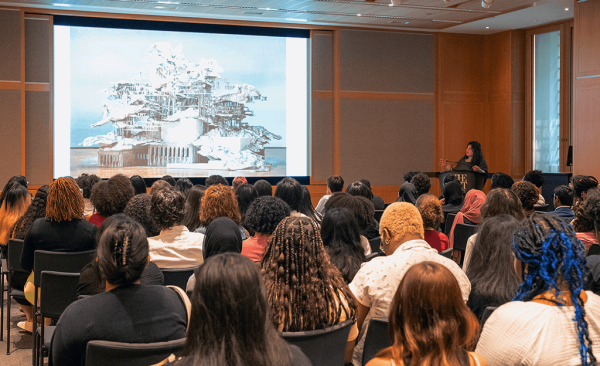In recent years, there has been a growing recognition of the importance of paid internships in the arts. These opportunities provide valuable hands-on experience, networking opportunities, and professional development for young artists and arts administrators. However, all too often, these positions are unpaid or underpaid, making them inaccessible to many talented individuals who cannot afford to work for free.
As a result, there has been a movement to scale up paid internship roles in the arts. Organizations, institutions, and companies across the sector are recognizing the need to provide fair compensation for the work of interns, in order to ensure that these opportunities are open to everyone, regardless of their financial circumstances.
One of the key benefits of paid internships in the arts is that they help to diversify the talent pool within the sector. By providing financial support to interns, organizations are able to attract a more diverse range of candidates, who may not have been able to afford to take on an unpaid position. This helps to break down barriers to entry and create a more inclusive and representative arts community.
Paid internships also help to ensure that interns are able to focus on their work and gain the most from their experience. When interns are not worried about their financial situation, they are able to fully engage with their projects, learn new skills, and build valuable connections within the industry. This in turn benefits the organization, as it can tap into the fresh perspectives and innovative ideas of its interns.
In addition, providing fair compensation for interns helps to promote equity and fairness within the arts sector. By valuing the work of interns and acknowledging their contributions, organizations are sending a message that all workers deserve to be paid for their labor. This helps to create a more ethical and sustainable work environment, where all individuals are treated with respect and dignity.
Scaling up paid internship roles in the arts is not without its challenges. Many organizations may struggle to find the resources to pay their interns, especially during times of financial uncertainty. However, there are a number of strategies that can help to make paid internships more feasible, such as securing funding from grants or sponsorships, partnering with other organizations to share costs, or offering a mix of paid and unpaid positions.
Ultimately, the benefits of providing paid internships in the arts far outweigh the challenges. By investing in the next generation of artists and arts administrators, organizations are helping to ensure the future vibrancy and diversity of the arts sector. As more and more organizations recognize the value of paid internships, we can look forward to a more inclusive and equitable arts community for all.


